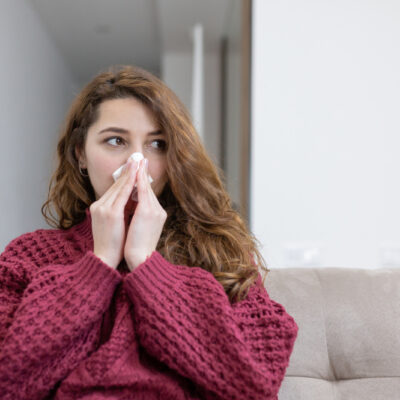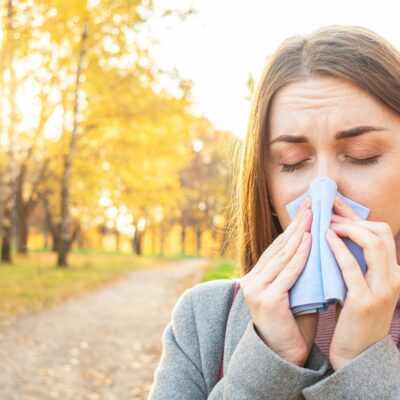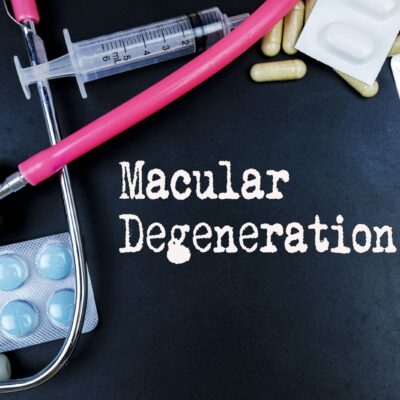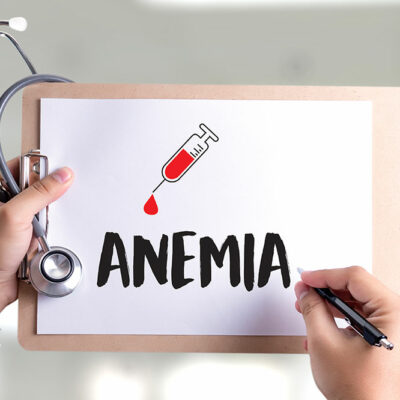
Health
Blood Disorders Risk Factors
If you have an issue with your blood, it can impact your health as a whole—conditions like anemia, blood clotting, and hemophilia are examples of blood disorders. In order to receive a diagnosis, you will likely require blood samples to be taken in order to evaluate red blood cells, white blood cells, or platelet tests. For example, hemoglobin tests, hematocrit tests, reticulocyte counts, platelet counts, peripheral blood smears, or a complete blood count are examples of tests that may be conducted. Certain circumstances put you at a higher risk for blood disorders, which we identify here: 1. Lifestyle factors Certain lifestyle factors, including smoking, excessive alcohol intake, and a poor diet can contribute to the development of certain blood disorders. In particular, such lifestyle factors are more associated with the development of blood disorders related to the cardiovascular system; for example, blood clotting disorders. Be sure to eat nutritious foods (especially those high in iron, vitamin B12, and folate), avoid smoking, and avoid drinking alcohol or only drink in moderation. 2. Environmental factors If you have been exposed to toxins, radiation, or certain chemicals, this can increase your risk of developing blood disorders. Benzene, pesticides, lead, solvents, and ionizing radiation (x-rays, radiation therapy, nuclear accidents, etc.) are examples of environmental factors that can damage blood cells, potentially resulting in blood disorders.
Read More 















